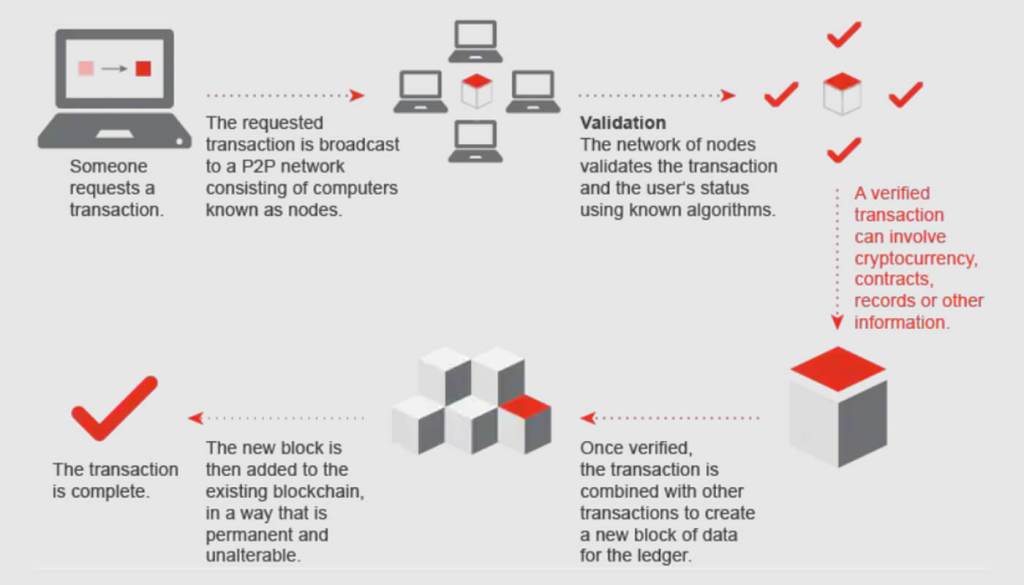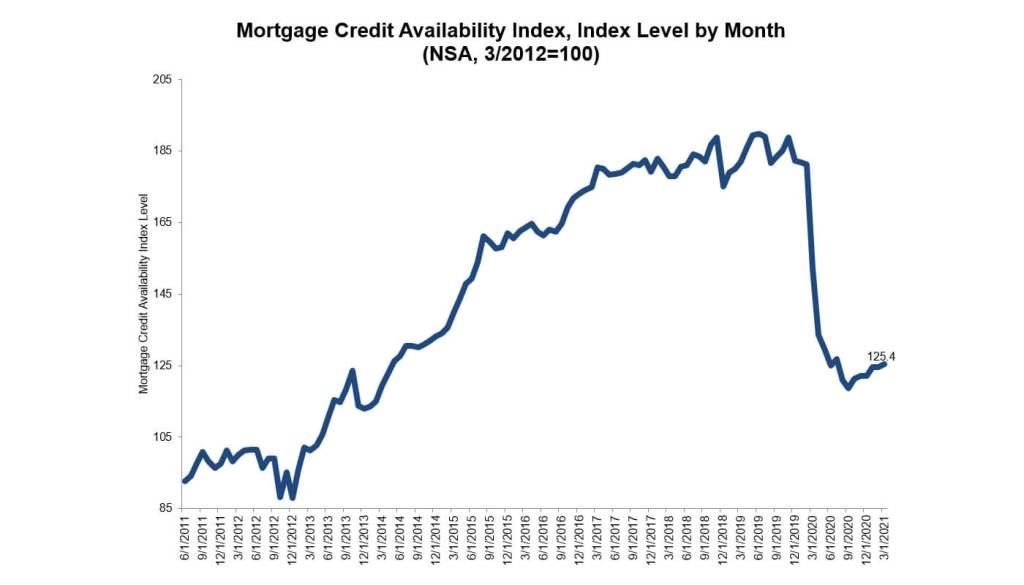The mortgage industry is demanding effective communication between the customer and the employees, also discerning the need for personalized services by the customer. A wide range of mortgage CRM software is available in the market and all are created with their unique functionalities. It is a significant assessment for the loan officers to choose the best CRM software for their mortgage business and overcome the challenges. Fintech startup inflooens has designed the world’s best “Loan Team Optimization Platform” that is integrated with Salesforce enabled CRM software used in Loan Origination System. Our CRM software is cost-efficient, reliable, and reduces the trammels of the organizations.
The software is uniquely designed that can be utilized for marketing, sales management, and business development. Mortgage industries value the relationship between the customer and the business and they continuously strive to strengthen the relationship. This commonly demands a specialized approach and CRM software better than a generic one is the initial choice of the mortgage industry. Our Fintech startup inflooens CRM software is particularly designed for the mortgage and finance industry that leads to better Return on Investment (ROI) for the business. To sustain in the highly competitive market, the mortgage industry demands loan pipeline management for better loan processing.
Role of the CRM software in Mortgage Automation
The main venture of CRM is to provide mortgage automation in marketing, convert leads, and engage with more business enterprises. The foundation of any successful business is its relationship between the business and the customers. The software allows the loan officers to attract more leads through form submissions and engaging with more customers. It is integrated with the lead capture forms and gathers leads by assembling the customer’s data by a variety of means. Once the leads are congregated, CRM software works on these leads and automates the response. Our quality CRM software is an essential asset for any mortgage business to prosper and sustain.
Apart from simplifying the lending process, the CRM software has eliminated the manual ways of operations and leveraging the ways of mortgage automation. They have paved the way for data collection & analytics and marketing automation to ease the relationships and promote the business brand development. It ensures regulatory compliance and allows lenders to stay updated with new industry compliances for mortgage automation. Drip campaign marketing is another greatest resource for mortgage companies and facilitates sharing the messages with partners and clients. It forwards the automated emails and determines the loan management by tracking the real-time loan status and viewing the loan reports anytime, anywhere.
Why is our CRM the best for Loan Origination System?
For better loan management, Loan Origination System is integrating with the CRM software for better solutions. A synchronized mortgage lending process cannot be achieved merely with Loan Origination System. Every business needs a mortgage CRM software to integrate with Loan Origination System to avoid any impediments in the lending process. Loan officers entice potential borrowers through social media campaigns, paid ads, and third-parties. The captured leads are asked to fill the form and their details such as income, employment status, and tax returns are recorded. The CRM holds the significant leads and eliminates the disqualified ones to avoid wasting the time of the sales team. Both the applications also incorporate for mortgage application and loan processing, where the customer’s data is stored in a unique location to easily access whenever required. While selecting a mortgage CRM, choose the one that consolidates with Loan Origination System to manage the mortgage through a centralized system that connects both the applications.
Conclusion
Our team aim to develop Virtual Assistants to make inflooens the smartest CRM in the world. We solely focus to empower your mortgage business with advanced technologies to focus on smart business outcomes. The software provide lead management & tracking and it makes your life easier by automating everything in the loan lifecycle. It helps you to save both time & money by storing the significant information related to data such as transaction records and transaction date & time. It precisely monitors your business data and pulls out the significant data insights from it. Customer retention is the significant aspect of the software and your clientele will be immensely gratified with your services. With the CRM, your business can have a better outlook for growth. Our software is scalable and is able to handle a large quality of data of the users. With enormous space and great operational power, it maintains all the functionalities.
Fintech startup inflooens “Loan Team Optimization Platform” is integrated with client portal and sales performance management to maintain transparency at every stage of the loan process.

























